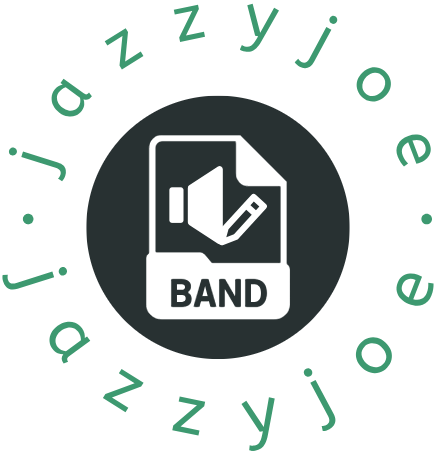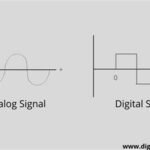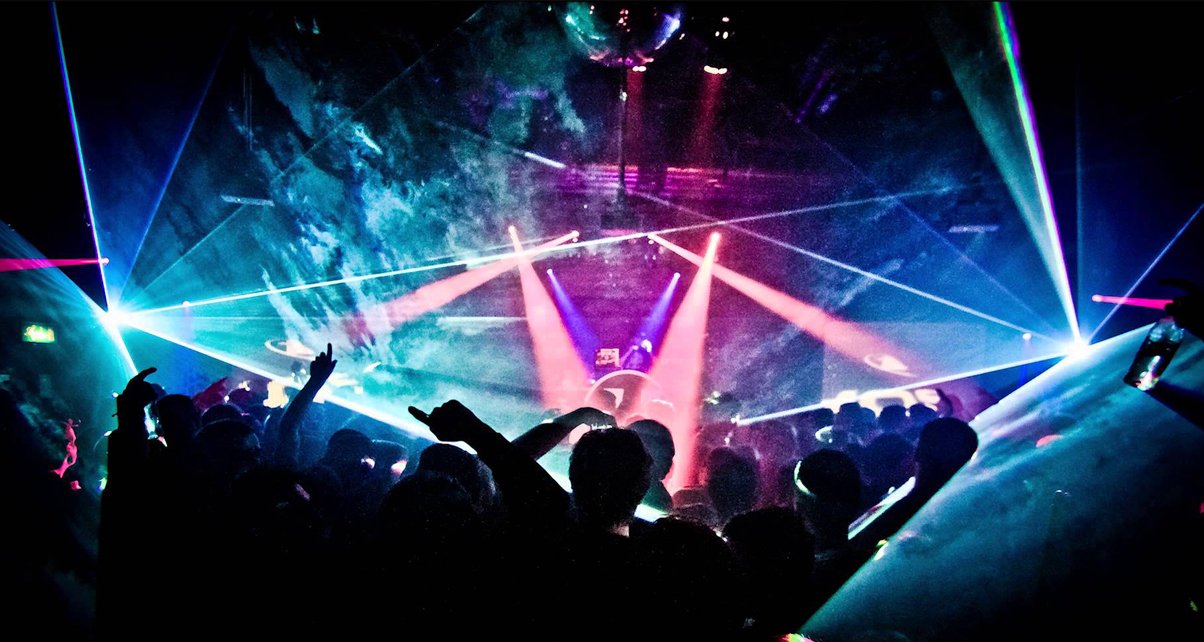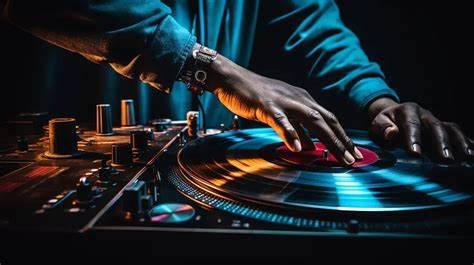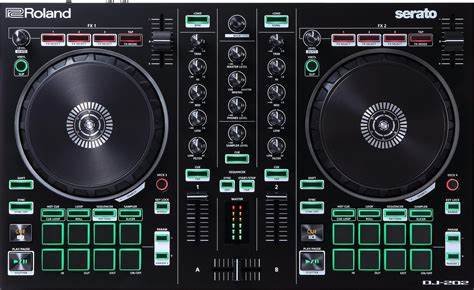Lighting and visual effects play a significant role in creating the perfect atmosphere during DJ performances. Beyond the music, these elements engage the audience visually, enhancing the overall experience. Whether it’s at a nightclub, festival, or private event, lighting and visuals can transform a performance into an immersive, unforgettable event. In this article, we’ll explore how lighting and visual effects elevate DJ performances, offering both artistic expression and technical support.
1. Setting the Mood with Lighting
Lighting is one of the first things an audience notices when they walk into a venue. DJs and event organizers use lighting to set the tone of the performance, complementing the mood of the music being played. Here’s how lighting helps in creating the perfect environment:
- Color Choices: Different colors evoke various emotions and responses. Warm colors like red and orange can create an energetic, intense vibe, while cooler colors like blue and purple might evoke a more relaxed or mystical atmosphere.
- Intensity: The brightness and movement of lights can match the tempo of the music. High-energy, fast-paced tracks might be paired with flashing, strobe-like lighting, while slower tracks might have softer, more subtle light transitions.
- Lighting Effects: From spotlights to laser beams, different lighting effects can highlight the DJ’s performance, directing attention to specific parts of the stage or adding a layer of visual flair. The most common effects include moving heads, strobes, and LED panels that respond to the beat of the music.
2. Synchronizing Lighting with Music
One of the most powerful elements of DJ performances is the synchronization of lighting with music. When done correctly, it can turn a great performance into an exhilarating experience. Here’s how DJs and lighting technicians achieve synchronization:
- DMX Control: The DMX system allows for precise control over lighting and effects, enabling a DJ to program lighting cues that follow the beat and rhythm of the music. This ensures that the visual experience matches the energy and intensity of the set.
- Beat-Responsive Lighting: Some advanced lighting setups are equipped with sound-to-light technology, where lights are programmed to react directly to the beats and frequencies in the music. This effect can enhance the bass drops, build-ups, or vocal moments in a song, immersing the crowd further into the music.
- Visual Cues: DJs often use lighting to cue changes in the set, such as transitions between songs or drops in the music. These cues help guide the audience’s attention, adding anticipation or heightening moments of excitement.
3. Visual Effects: Enhancing the Aesthetic
Visual effects go beyond lighting, contributing another layer of sensory experience to a DJ performance. Here’s how visuals enhance the performance:
- Projection Mapping: This technique allows for intricate, dynamic visuals to be projected onto surfaces such as walls, floors, or even the DJ booth. The projections can range from abstract patterns to immersive landscapes, adding depth and context to the music.
- LED Screens and Visuals: Large LED screens are commonly used at big events and festivals, displaying real-time visuals that complement the music. This could include digital graphics, video clips, or live footage of the crowd. The visuals might even include custom-designed animations that reflect the theme of the DJ’s set.
- Live Visuals: Many DJs work with visual artists to create live visuals that respond to the music. These visuals can include abstract art, motion graphics, or even visuals synced with the lyrics or beats of the track. The interplay between sound and visuals creates a cohesive sensory experience for the audience.
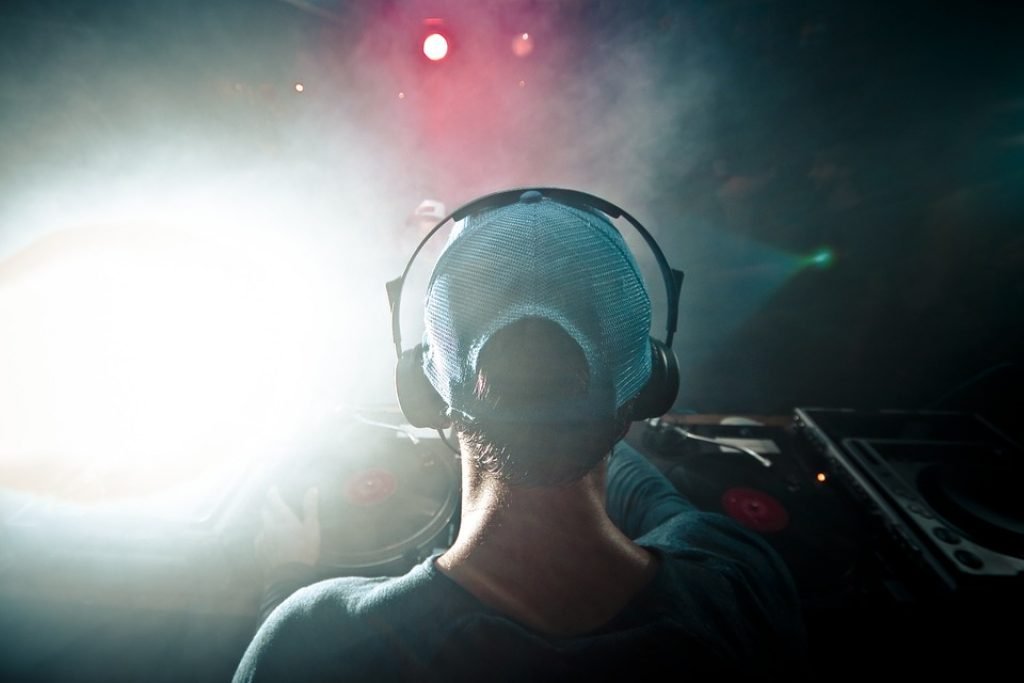
4. Impact on Audience Engagement
Lighting and visual effects serve a purpose beyond just aesthetics—they help to create a deeper connection between the DJ and the audience. Here’s how:
- Energy Creation: The right lighting can elevate the energy of a performance. Rapid light shifts, strobe effects, or synchronized color changes with beats heighten the emotional intensity, making the audience feel more immersed in the music.
- Audience Interaction: Visual effects can also create interactive experiences for the audience. For example, some visual installations allow the crowd to influence the visuals with their movement or actions. This makes the crowd feel like they are part of the performance, rather than just observers.
- Building Anticipation: Effective lighting can build anticipation for key moments in a performance. For example, a gradual increase in light intensity or the sudden flash of strobe lights before a drop in the music can create suspense, increasing the emotional payoff when the drop finally happens.
5. Technical Considerations and Challenges
While lighting and visual effects can make a DJ performance extraordinary, they require careful planning and execution. Here are some of the technical challenges and considerations DJs and event organizers must keep in mind:
- Coordinating with the Venue: The size and layout of the venue play a significant role in determining the lighting and visual effects setup. For instance, large outdoor stages might require powerful moving lights and projectors, while smaller venues may focus on LED screens and compact light fixtures.
- Power and Safety: Setting up an elaborate lighting and visual effects system requires adequate power sources, and safety precautions must be followed to ensure no electrical hazards or overheating occur.
- Balancing Audio and Visuals: While it’s essential for visuals to enhance the music, they should not overwhelm it. DJs must find a balance between the auditory and visual elements of their performance to ensure that one doesn’t detract from the other.
6. Future Trends in DJ Lighting and Visual Effects
The future of DJ performances looks bright, with technological advancements continuing to push the boundaries of lighting and visuals. Here are some trends we can expect:
- Immersive Experiences: Virtual reality (VR) and augmented reality (AR) are becoming more integrated into live performances, allowing DJs to create fully immersive worlds that audiences can experience through VR headsets or AR devices.
- AI-Generated Visuals: AI technology could soon play a role in generating visuals in real-time, adapting to both the music and the mood of the crowd. This could lead to more dynamic and personalized visual experiences.
- Interactive Audience Experiences: Future performances may include more audience interaction with lighting and visuals. For example, attendees could control elements of the visual effects through their phones or through sensors in the venue.
Conclusion
Lighting and visual effects are essential components of a DJ performance, adding a unique sensory dimension that amplifies the experience for the audience. From setting the mood with the right lighting to using advanced visual effects like projection mapping, these elements can transform a standard performance into an immersive show that captivates the crowd. As technology advances, the role of lighting and visuals in DJ performances will only continue to evolve, offering even more ways to enhance the live music experience.
